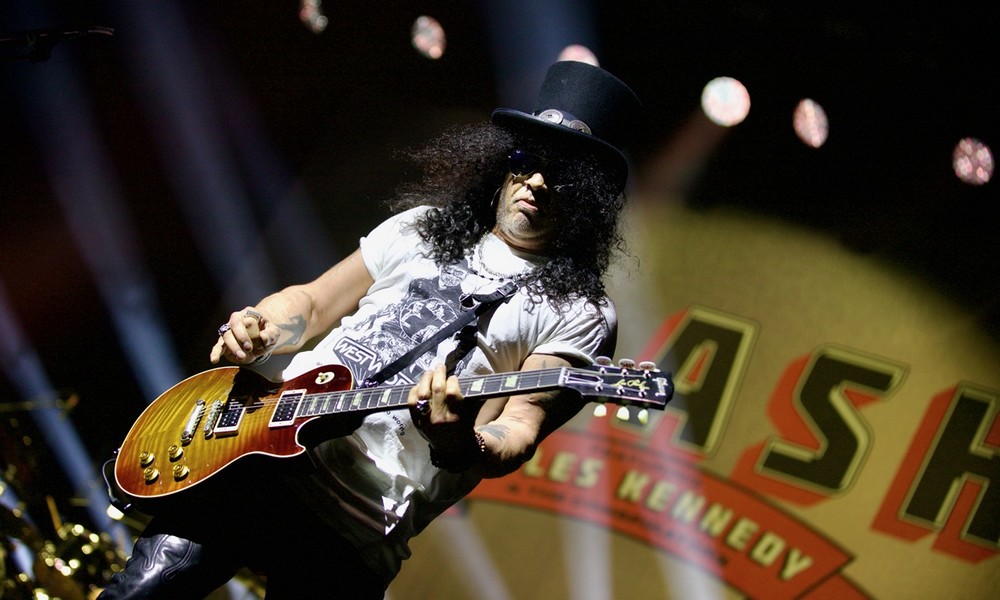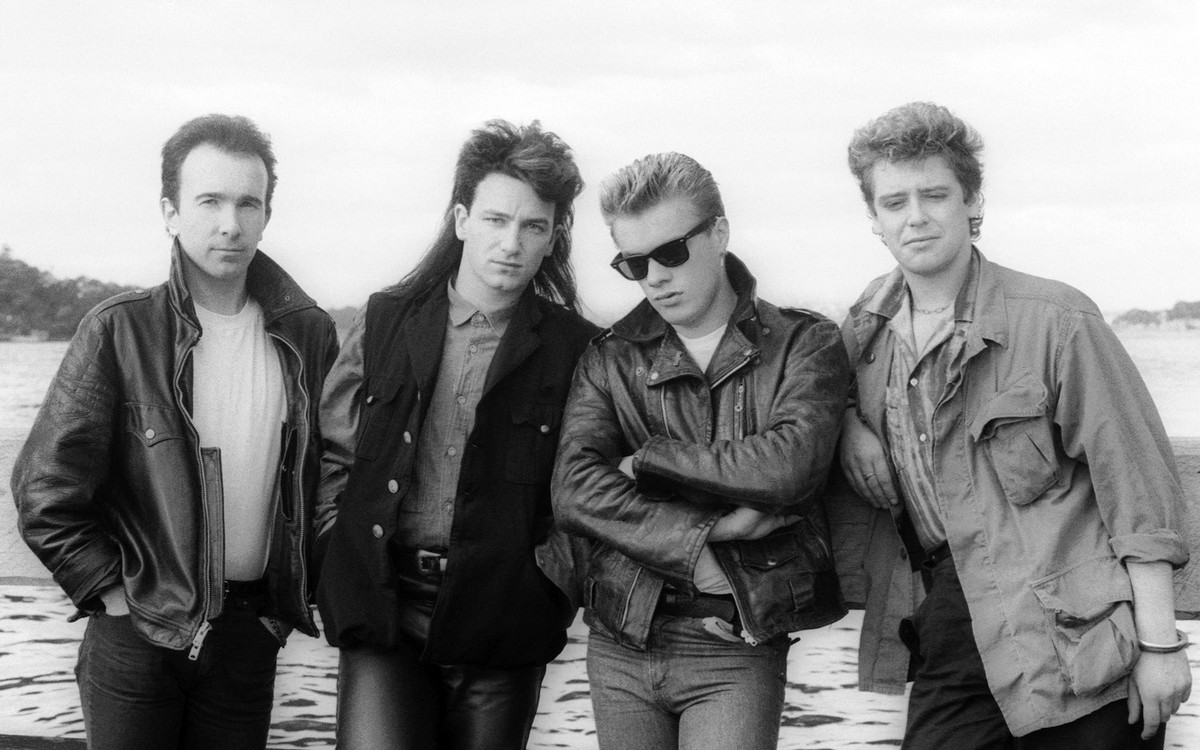A shape seen across decades
The Gibson Les Paul first materialized in a workshop heavy with glue, metal dust, and the clinks of chisels in 1952. Restless and exact, Les Paul presented a design grown from stage accidents and experiments. He desired something that might retain its shape even when dragged across reverberation and sweat, something that could hold a note like a breath. Mahogany was carved for the body, maple topped it, gold finished it, and strung up like a pledge. It radiated rather than shimmered. It remained where it was; it wasn’t light.
The sound came from within the wood. not a jingle, not a bark, not a twang. In quiet, it was a sound that pushed against the chest, bent into itself, expanded. It outlasted the setlist and the smoke on festival stages and studio floors. Keith Richards hit it through dirty amplifiers. Billy Gibbons made it shuffle and spit. Neil Young dragged it via fire and corrosion. The guitar always came back sounding full, as though there was something stored inside ready to be pulled out.
It called for hands molded by frequency. The neck was hefty in the palm. The body fought against it. It was a trait rather than an issue. It set the stance, pulled the strap low, balanced the player. Chords rang more long. Vibrato maintained their course. The knobs moved difficult. You had to turn them on purpose. All Les Paul things clamored for notice. No space for decoration or drift. Every note came with weight and remained where it dropped.
In recording rooms, the Les Paul was self-sufficient. perhaps a small quantity of air in the room, a tube amp, a cable. The tape was filled with the signal. Engineers created mixes around it. Tricks weren’t required here. The midrange growled. The low end twisted like an ancient tree. The high notes elevated only slightly. The sustain lengthened time. Players started listening to the gaps between the bars instead of counting them. What was recorded felt heavy and genuine.

Over time, the lacquer cracked. The completion flaked and grew dull. The perfume altered. The borders become less sharp. Every scar had something to say. You might spot belt rash, cigarette burns, and dings from dropped nights. Though most did not, some remained pure. Under the proper lighting, you could trace the pattern of a song across the top. The hardware darkened, the polymers yellowed, and the humbuckers stayed buzzing.
Some players went after spotless serials. Others searched for necks ringing even without an amp. Before the wire even clicked, the top Les Pauls conveyed sound. The body vibrated. The strings drove air. Every detail was significant. The joint, the adhesive, the year, the store’s built in humidity. Craft, not mystery, was it. And when it functioned, anything obvious emerged.
It remained loud over millennia. From the Yardbirds to Black Sabbath to Queens of the Stone Age. from blues to punk to metal. Always the same shape. Mass always stays constant. There are no rebrands, no tricks. The Les Paul stood strong as the planet grew boisterous. It still lingers in cabinets, on hooks in smokey bars, under fingers starting their first bends. It doesn’t care where it is. It only serves.





